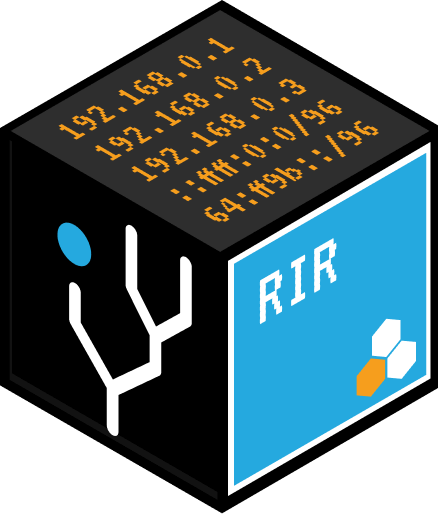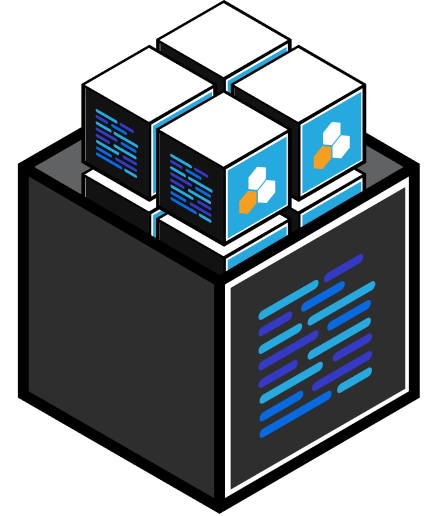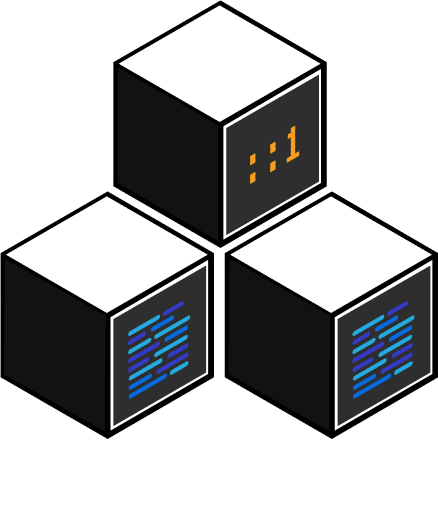
That which is old becomes new again…
Ladies and gentleman, this is not a drill. We’ve been fantasizing about this day for years—so long in fact that it feels like a distant pipe dream. No, this doesn’t feel real at all, but it is (we’ve been pinching ourselves all morning).
Fellow network infrastructure enthusiasts, IPv4 and IPv6 are officially one due to the advances in Quantum Computing.
Introduced in 1994, IPv5 was quickly pushed aside and disregarded as “lofty” and “naive.”
The key to this monumental development was hidden for two decades in our long forgotten friend, IPv5. Introduced in 1994, IPv5 was quickly pushed aside and disregarded as “lofty” and “naive.” Why? Because that’s what they wanted you to think. But finally, with the maturing of Quantum Computing, we now have the key to the future.
Finally, the end of dual stack.
The inventor (name omitted for protection) of IPv5 has resurfaced after years of hiding. She’s revealed the original, ingenious intention of IPv5. Not only can IPv5 unite the quarreling inherent in dual stack IPv4 and IPv6 environments, but it’s also an infinitely expanding framework that relinquishes the need for future human intervention. In other words, IPv5 is eternal. And don’t you see now why they might be terrified by the prospect of a limitless IP allocations? Just like Tesla’s light bulb, IPv5 was simply too disruptive, too liberating…and too soon.
To think, that after all these years of tireless work on IPv6 migration, that the joke was on me.
Even Vint Cerf, one of the very fathers of the Internet and a long-time IPv6 evangelist, has conceded that IPv5 is the superior framework. “To think,” Cerf commented, “that after all these years of tireless work on IPv6 migration, that the joke was on me. Yes, I’ve been like a horse with blinders, ignorant to the infinite horizon of IP addresses that awaits my eager nose should I only shed the childish naiveté of IPv6.”
Implementation details forthcoming…
Now of course we’re still not privy to the finer details of how this all works, but that’s no cause for concern; we have reliable information that it does in fact work and integrates only the best buzzwords (which is a sure sign of legitimacy). For now, rest assured that your recurring nightmares of deploying IPv6 are a thing of the past. Say hello to the future!








